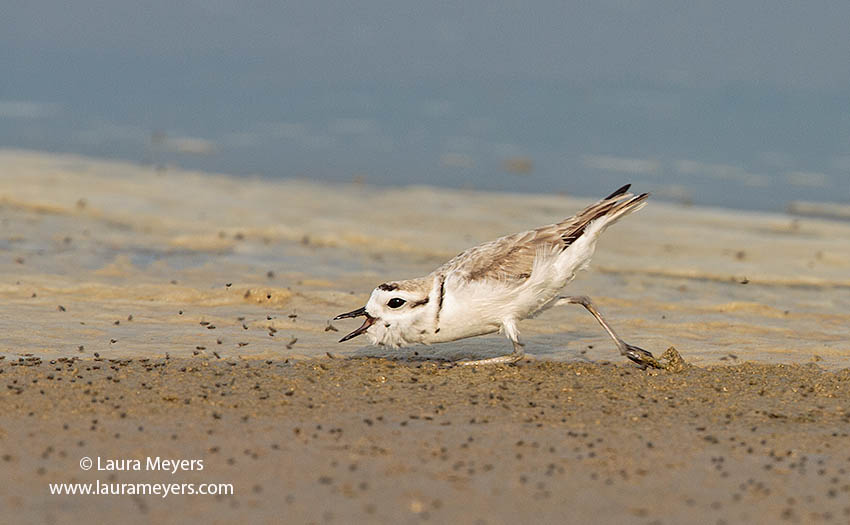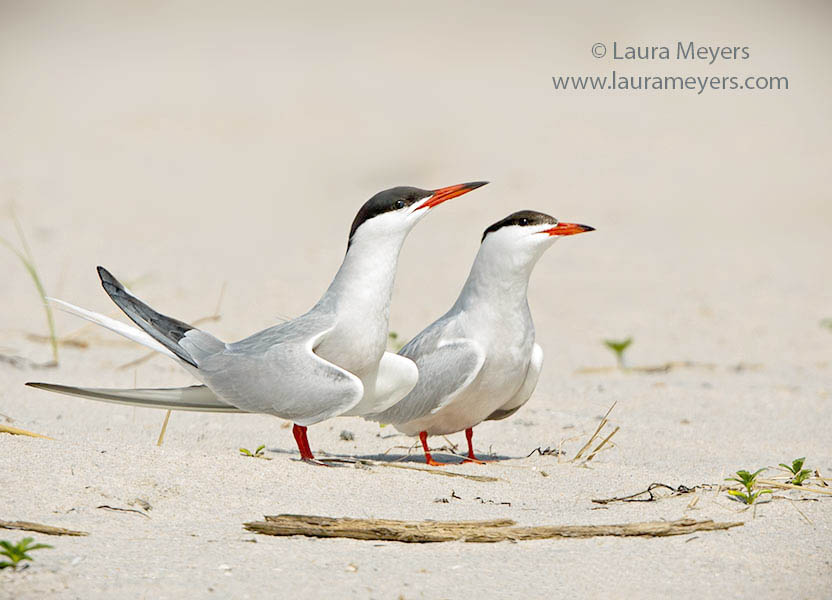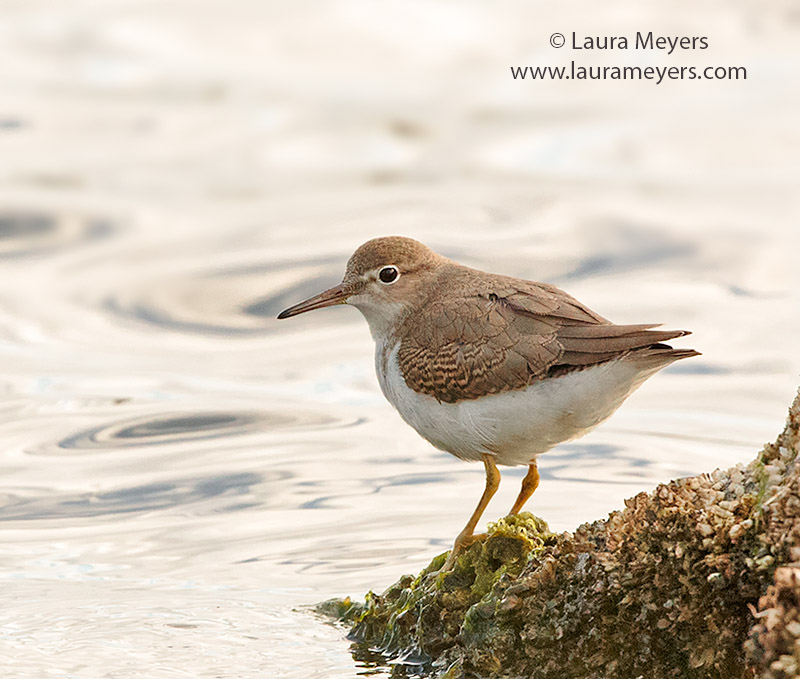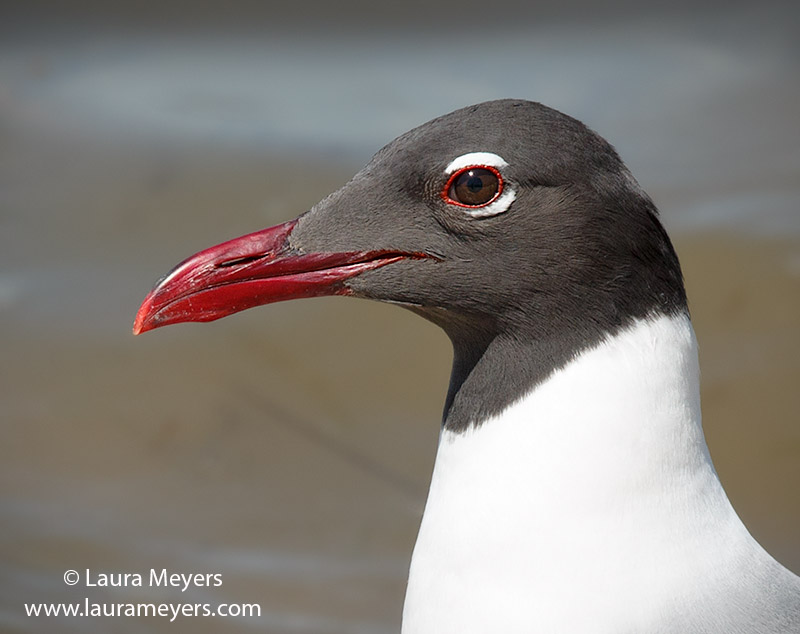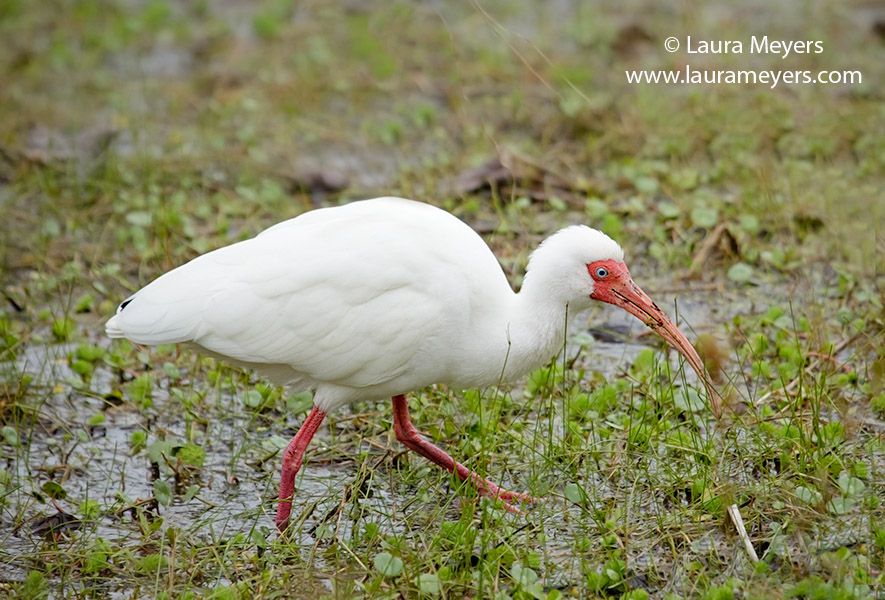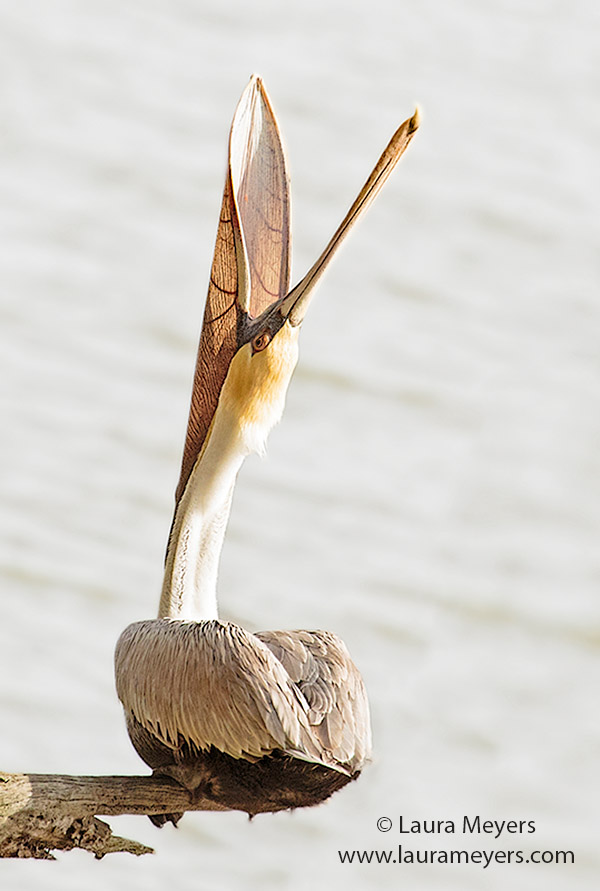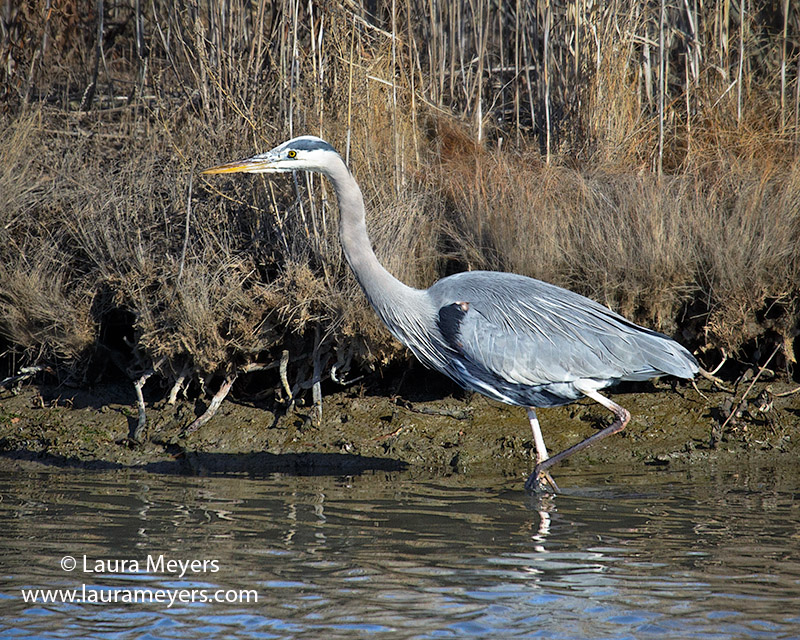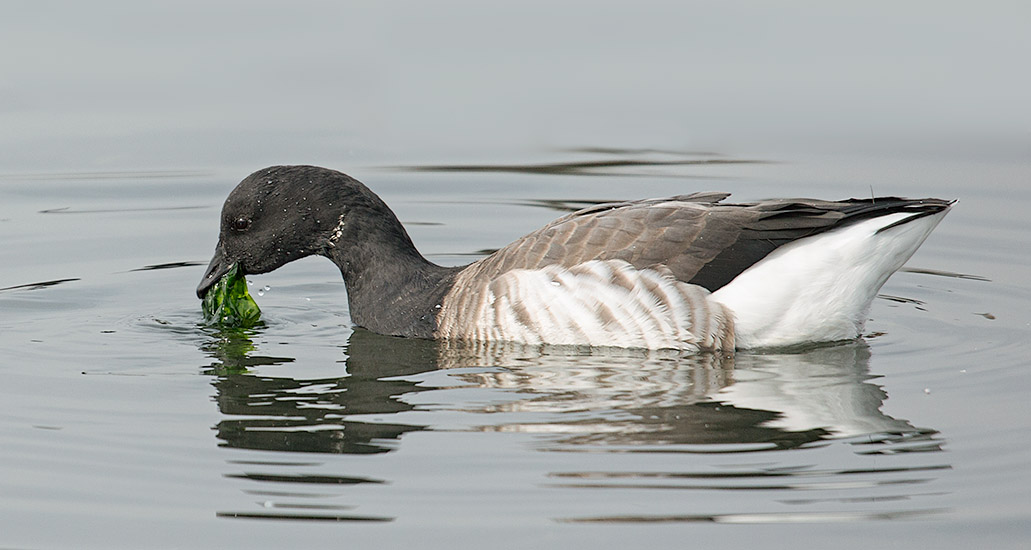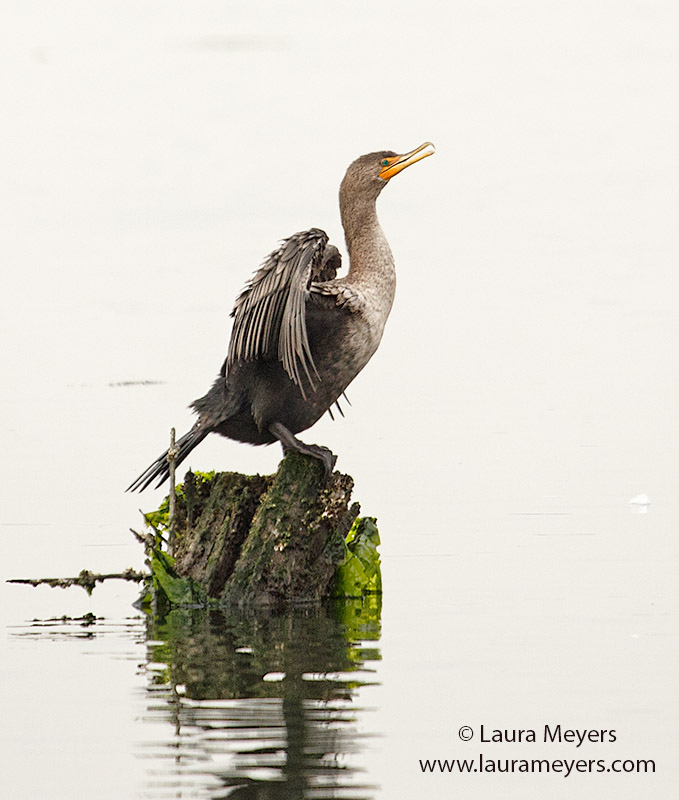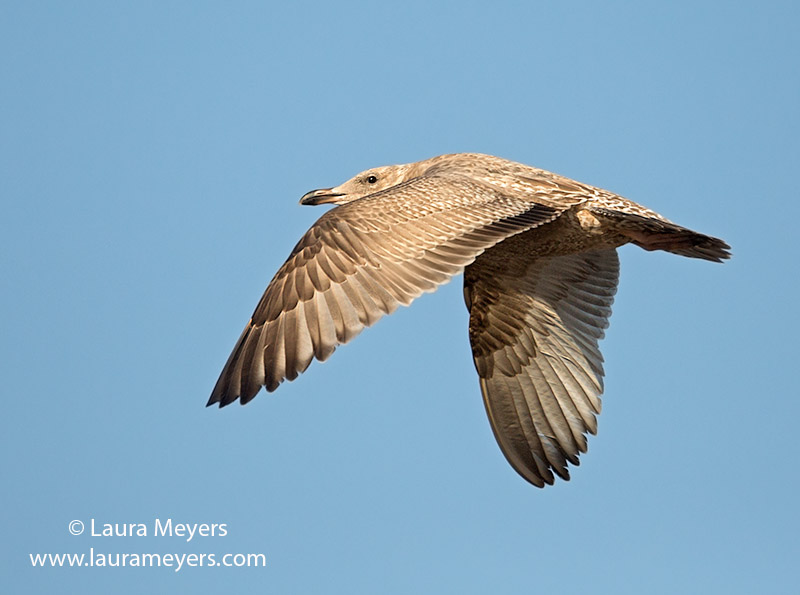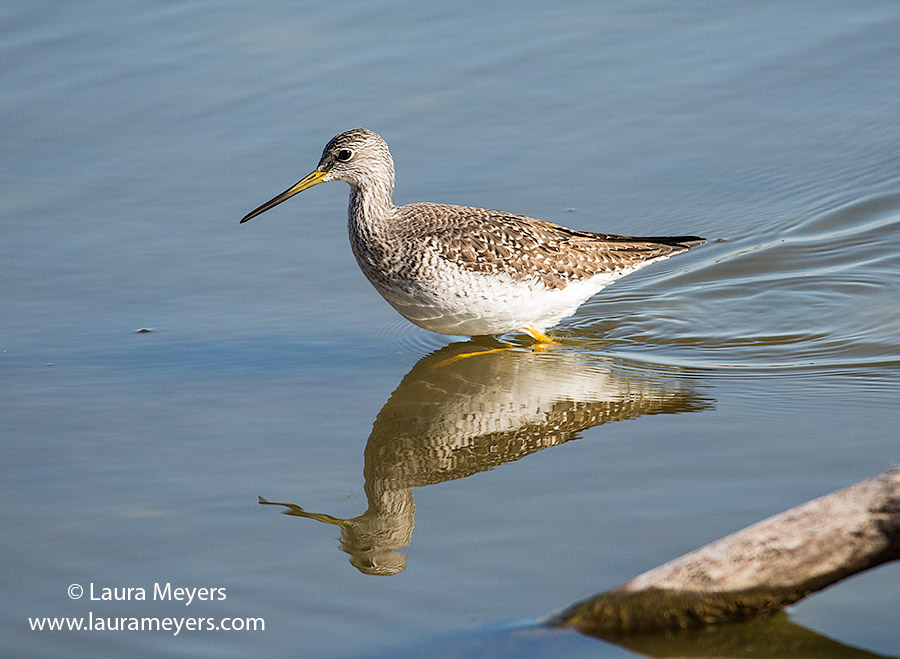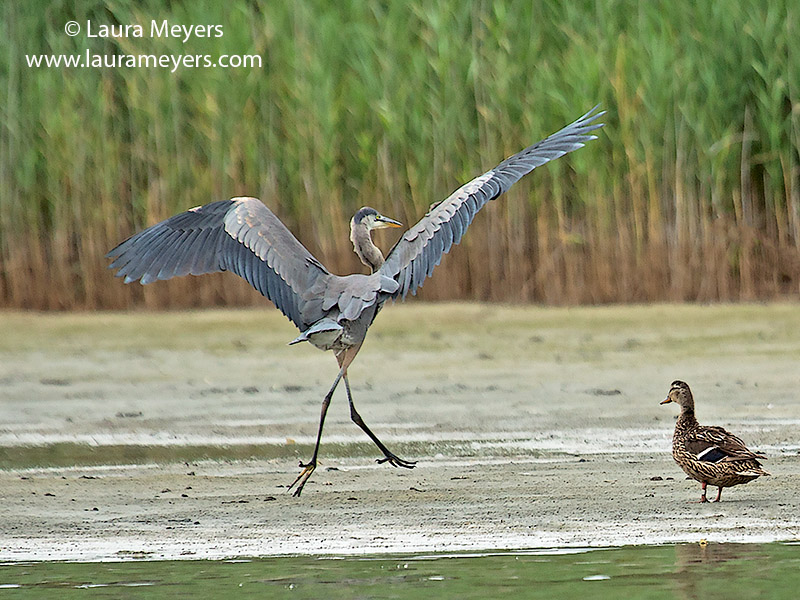Snowy Plover
Snowy plovers are uncommon small shorebirds mainly along the coasts. The picture of this Snowy Plover eating Insects was taken at the mudflats near Boca Chica beach. The picture of this Snowy Plover eating insects was photographed with the Canon 5D Mark III Canon 300mm f2.8 IS II with the 2X extender.
To hear the sounds of the Snowy Plover, click on the arrow below.
